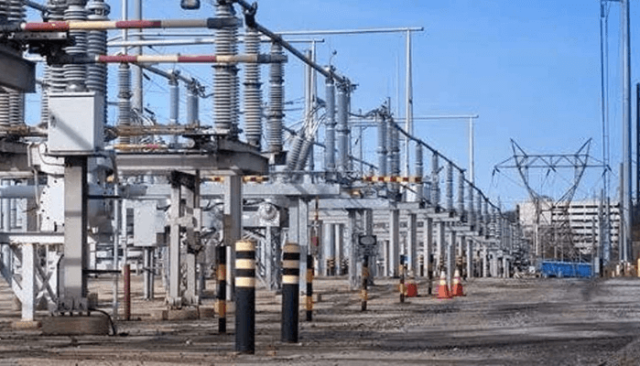The Federal Government has announced an ambitious $122.2bn energy diversification investment plan aimed at transforming Nigeria’s power sector. The initiative, spanning 21 years from 2024 to 2045, seeks to reduce the country’s reliance on the national grid, enhance energy stability, and incorporate renewable energy sources such as solar, wind, and hydrogen into the energy mix. This groundbreaking plan, detailed in the newly released 2024 Nigeria Integrated Resource Plan and National Integrated Electricity Policy, aims to address the nation’s persistent energy challenges and pave the way for a sustainable energy future.
The investment plan, exclusively obtained by a media organisation , outlines a comprehensive strategy to diversify Nigeria’s energy sources, which currently rely heavily on gas-fired thermal plants and hydropower. Approximately 80 per cent of the country’s on-grid electricity is generated from gas-fired plants, with hydropower contributing the remainder. Despite an installed electricity generation capacity of about 13,000 megawatts, operational inefficiencies, maintenance issues, and gas supply constraints have limited the available capacity to an average of 4,200MW.
To bridge this gap, the government plans to incorporate a mix of renewable energy technologies, including solar photovoltaic systems, wind, biomass, hydrogen, and bioenergy. Additionally, the proposal includes investments in gas projects combined with carbon capture, utilisation, and storage technologies, as well as nuclear and concentrated solar power. The plan also allocates $192m over five years (2024–2028) to boost transmission capacity nationwide, addressing critical bottlenecks in the national grid.
The 2024 Nigeria Integrated Resource Plan and National Integrated Electricity Policy, awaiting approval from the Federal Executive Council, aim to create a holistic framework for implementing the Electricity Act. These documents address transitional challenges, integrate with other energy policies, and detail renewable energy strategies to ensure a sustainable energy mix. The policy also sets ambitious targets for grid reliability, aiming to reduce loss of load expectation from 100 hours per year in 2024 to 24 hours per year by 2035, with spinning reserves set at 900MW.
A breakdown of the 122.2bninvestmentrevealsthatthelargestshare,122.2bninvestmentrevealsthatthelargestshare,56bn, will be allocated to solar photovoltaic technology, followed by 39bnforhydroelectricpowerprojects.Naturalgasprojectswillreceive39bnforhydroelectricpowerprojects.Naturalgasprojectswillreceive16bn, while 6bnwillbeinvestedingasprojectswithcarboncapture,utilisation,andstoragetechnologies.Energystorageinitiativeswillaccountfor6bnwillbeinvestedingasprojectswithcarboncapture,utilisation,andstoragetechnologies.Energystorageinitiativeswillaccountfor3bn. By 2045, the plan aims to achieve a total installed capacity of 194 gigawatts, including 111 gigawatts from storage and 83 gigawatts from renewable energy sources, up from the current 11 gigawatts.
The report highlights the critical role of the transmission network, which remains constrained by outdated equipment and technical losses of seven to nine per cent. The $192m allocated for transmission improvements over five years is expected to address these challenges, enabling the grid to support the increased generation capacity.
In the National Integrated Electricity Policy document, the government acknowledged that the initial targets for achieving universal electrification and phasing out self-generation by 2030 are no longer feasible. These goals have been extended to 2035 due to persistent challenges in the distribution sector, which has lagged behind the generation sub-sector in terms of progress. The report warns that this delay could result in an additional $29bn in costs and an increase of 90 million metric tonnes of CO2 emissions.
The policy also emphasises the need for a more environmentally sustainable energy mix, reflecting global trends towards renewable energy adoption. By prioritising energy diversification, the government aims to reduce carbon emissions, enhance energy security, and provide reliable electricity to millions of Nigerians currently underserved by the national grid.
As Nigeria moves forward with this transformative plan, stakeholders in the energy sector, including investors, policymakers, and consumers, will play a crucial role in ensuring its success. The $122.2bn energy diversification investment represents a bold step towards addressing the nation’s energy challenges and unlocking its potential for sustainable economic growth.
Follow us on Instagram.
https://www.instagram.com/businessnewsng?igsh=ZXpweTdjOGF1ZXdu

























